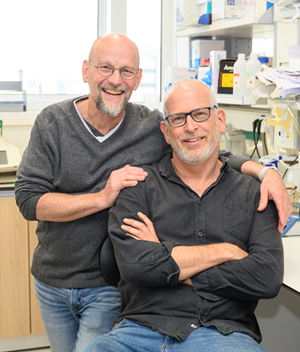
A recent study by researchers at the Weizmann Institute of Science has identified two distinct types of scarring in injured heart tissue, termed "hot" and "cold" scars. These findings suggest that treatments for heart disease must be tailored to the specific type of scar present. The study, published in Cell Systems, highlights the complexity of fibrosis, the process of scar tissue formation, and opens new avenues for innovative therapies to prevent or treat heart diseases.
The research began as a collaboration between Prof. Eldad Tzahor, who focuses on heart regeneration, and Prof. Uri Alon, who developed a mathematical model to classify scars based on the presence of collagen-producing fibroblasts and immune cells called macrophages. This model was applied to the injured heart, revealing that hot and cold fibrosis are distinct cardiac diseases, necessitating different drug development approaches. Currently, there is no effective treatment for cardiac scarring, making the prevention or reduction of fibrosis a critical medical need.
This study not only advances our understanding of heart disease but also suggests broader implications for fibrosis research in other organs, potentially leading to breakthroughs in treating various fibrotic conditions.
A full version of this article can be found here.


